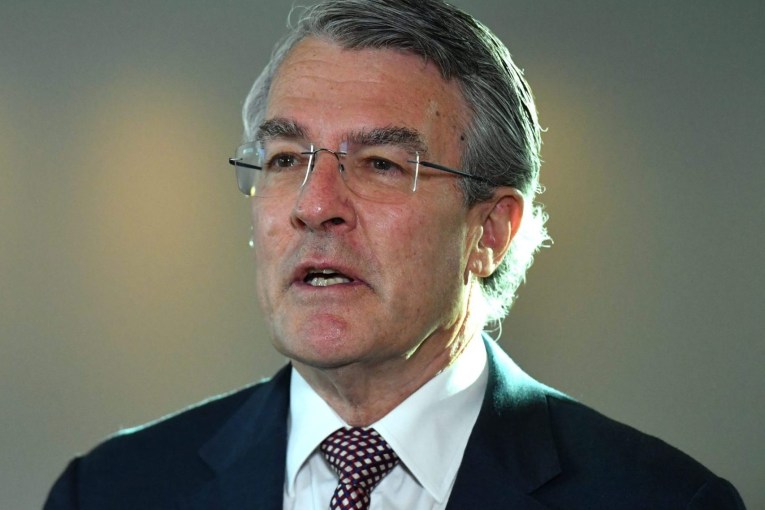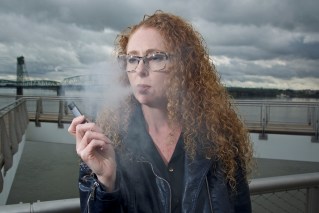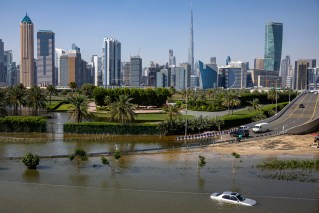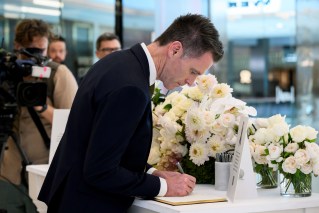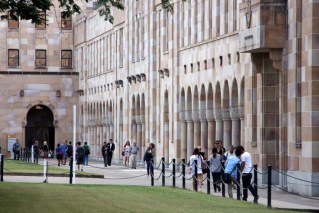Meet the ‘greenest mayor in all the land’ as Gold Coast turns over new leaf
Renowned for its azure sea and golden sands, the Gold Coast is aiming to be known for its leafy green streets, with Gold Coast mayor Tom Tate upping his challenge to anti-development critics by declaring himself the “the greenest mayor in all the land”.

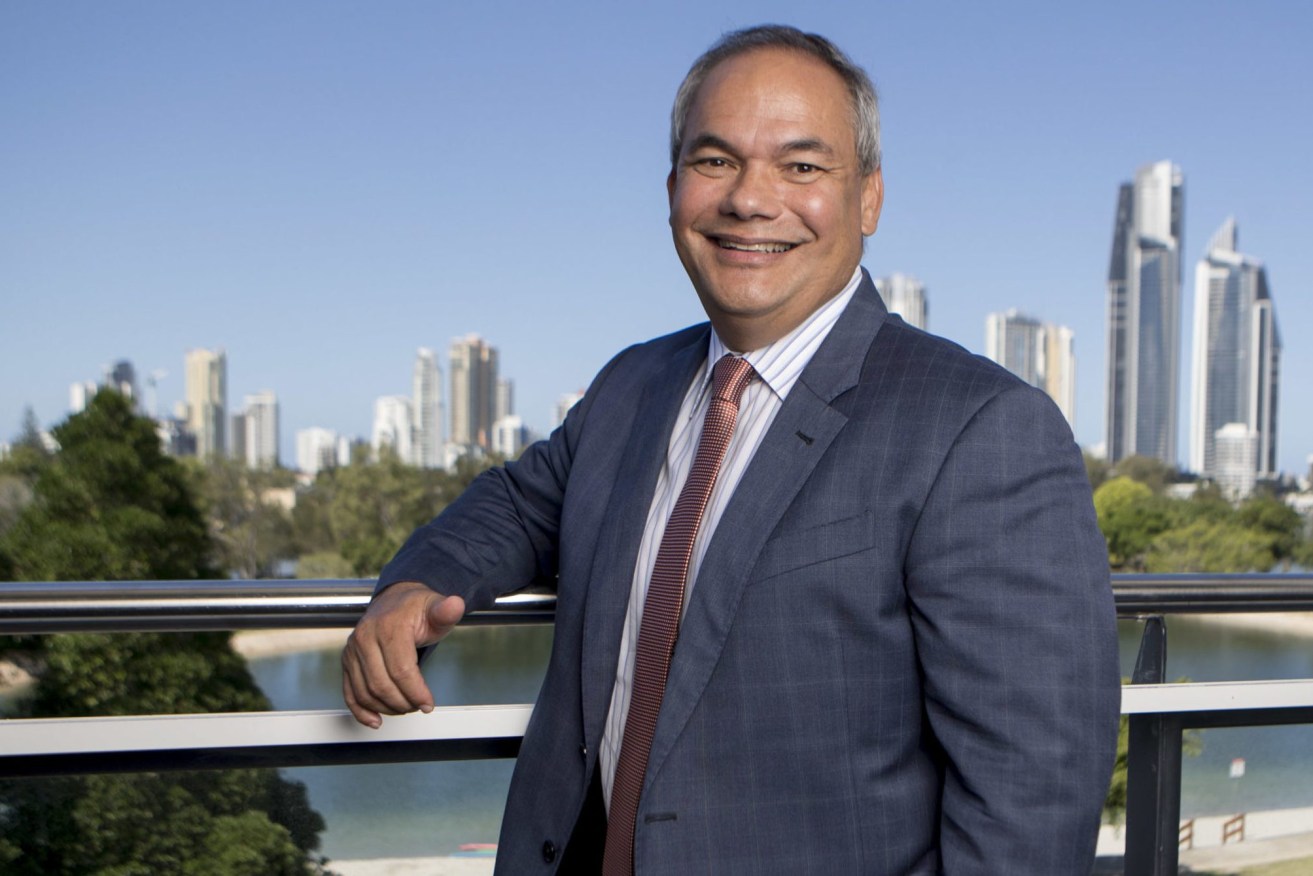
Gold Coast Mayor Tom Tate.
However, a new city-wide tree canopy study shows that while the extent and maturity of tree cover across the Gold Coast’s public open space and critical environmental corridors has increased over the past 10 years, it is a city reliant on a green western fringe offsetting plummeting canopy coverage in rapidly developing northern and ocean-side suburbs.
It shows the Gold Coast enjoys a healthy average of 32 per cent tree canopy coverage, but there is no canopy over 68 per centof the city.
Stung by months of criticism of the Gold Coast’s environmental credentials by what he calls a “selfish greenie minority,” Tate in January published a broadside against the city’s anti-development sector for denying the work the city was doing in the environmental space, then rolling out a string of green initiatives.
It has escalated the environment to a key battleground between the mayor and critics of the council, with Tate saying those denying the Gold Coast’s environmental record had “their heads buried in the sand.”
Further pushing his argument against “ostriches” on Tuesday, he said he aimed for the city to be tree-lined with a major rise in shade from a mature tree canopy over the next few years.
Tate said the city had planted more than 50,000 trees in streets and parks and 652,680 trees in natural areas since 2012.
The maturity of the city’s tree cover increased by 18 per cent from 2009 to 2014, and by a further 14 per cent from 2014 to 2018.
He acknowledged there were obvious challenges in some northern suburbs where tree clearing has been necessary to support new, affordable housing estates.
“We are one of the fastest-growing cities in Australia, yet we still achieved this fantastic outcome,’’ Tate said.
“It’s a reputation that southerners try to put that we are concrete, but when you look at our whole of city and our target for the city’s open space of trees is 51 per cent. That’s more open space and tree coverage than most major capitals in all of Australia,” he said.
“No wonder they say I’m the greenest mayor in all the land.”
The council-commissioned 2020 Urban Tree Canopy Study, by Arup Group engineering, architecture and design consulting firm released on Tuesday, found the city’s urban footprint has an average of 32 per cent tree canopy coverage.
The study found the Gold Coast had 21 per cent tree canopy coverage on private land, 8 per cent on publicly owned land including open space, and 3 per cent on road reserves.
While tree canopy cover within residential areas that make up about one-third of the city footprint has stayed at an average 20 per cent over the past 10 years, it has dropped in around one-quarter of Gold Coast suburbs over the past five years, the report found.
It warns that there is a growing body of evidence suggesting the tree canopy cover levels in some of these residential areas may be “too low to help mitigate forecast urban warming, nor support healthy, liveable neighbourhoods and attractive, tree-shaded active travel trips.”
According to the report, urban tree canopy is defined as trees or vegetation above 3 metres in height and contains both native and non-native species.
To map the Gold Coast’s tree canopy development the study analysed data from 2009, 2014 and 2018 to document change across all, suburbs and critical environmental corridors.
The Gold Coast’s aim for 51 per cent of native vegetation across the city by 2020 is a different benchmark to that used by many other local government areas.
Brisbane City Council has set an urban tree canopy cover target based on residents access to tree shaded footpaths and park pathways of 50 per cent by 2031 from a baseline of 35 per cent cover measured in 2010.
Sydney has set a target to increase the city’s average total canopy cover from 15 per cent in 2009 to 27 per cent by 2050, and Melbourne aims to increase its public canopy cover from 22 per cent in 2013 to 40 per cent by 2040.
